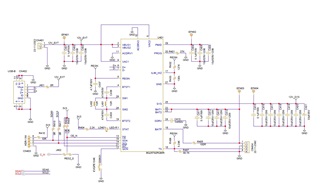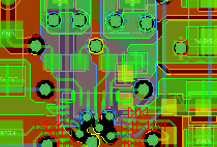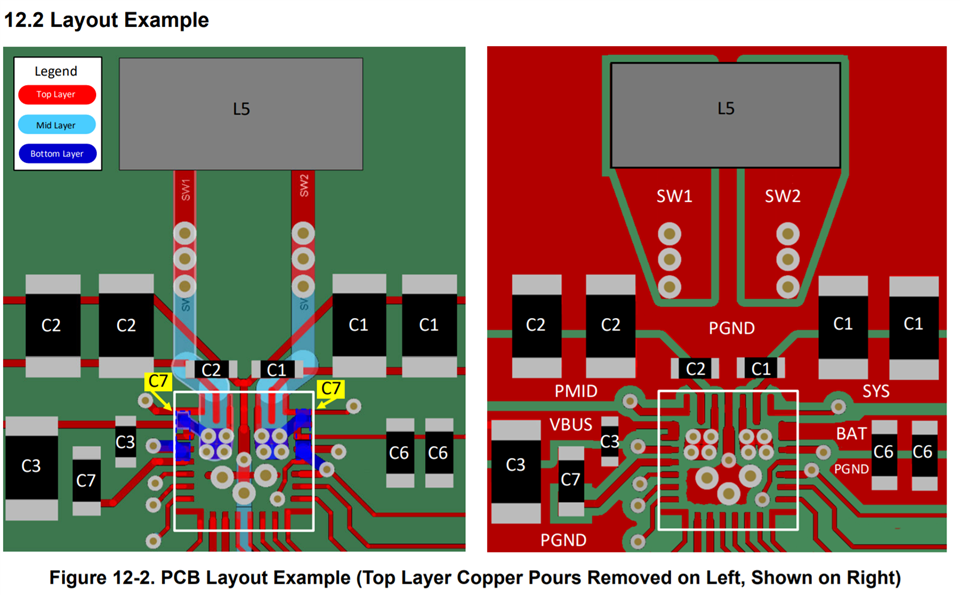Hi
I'm using below battery charging circuitry, please refer.

Here input is 12V and pin configuration is made for charging a battery which is in 4S type. 12V_SYS was giving 12V which is supplied from 12V supply and this was powering other circuitry.
CS pin was connected to ground permanently. CS pin once shorted to ground, enabled LED to glow initially, but it stopped glowing after some time.
Here i'm expecting voltage at REGN pin to be at 4.8V but 0V is appearing. Initialing input current at power source was set as 0.5A and the IC was getting heated. Since board was working properly to support additional load, we increased the current to 2A at input source. This resulted in exponential increase in heat generation and IC got burnt.
In all the above cases, battery was not connected and BATP pin was left floating. Thermister was connected initially but removed later since battery was not connected,
Please let me know whether something is wrong with this schematic. Do i need to



